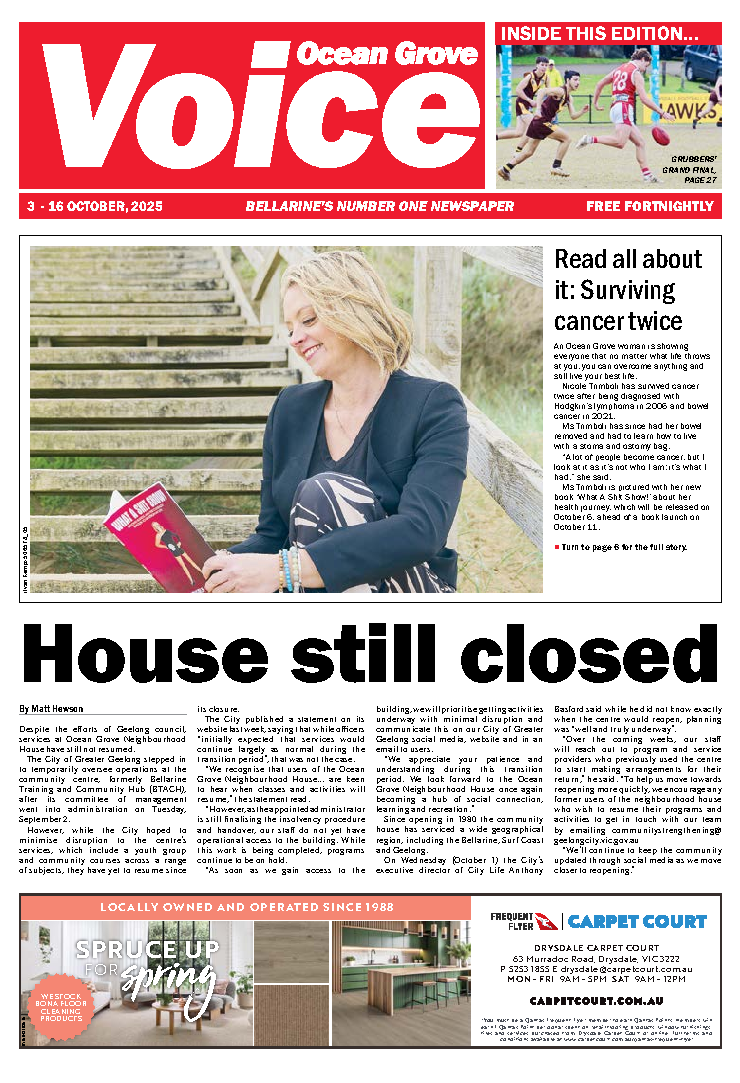A long-term state vision has stuck with calls to roll back speed limits on local streets and more bike lanes following a spate of disturbing deaths.
Infrastructure Victoria on Tuesday 11 November released its third 30-year infrastructure strategy, featuring 45 recommendations and eight “future options” for housing, energy, transport, health and the environment.
The independent advisory body retained a draft recommendation to lower speed limits to 30km/h on streets frequented by children such as those around schools, playgrounds, childcare centres and kindergartens.
It follows several high-profile pedestrian deaths in and near Victorian school areas in recent times, including that of 15-year-old Thom Hosking, 11-year-old Jack Davey and teacher’s aide Eleanor Bryant.
Infrastructure Victoria chief executive Jonathan Spear said the idea attracted significant public and media attention, but feedback was positive for nearly 80 per cent of submissions on the recommendation.
Detractors either thought the body was referring to low speeds across the road network or suggested it would lead to longer travel times.
“There’s actually really good evidence that’s not the case for local streets in large towns and cities,” Mr Spear said.
Victoria’s speed zoning policy was updated in August to make it easier for councils to create 30km/h limits, but final approval still rests with the Department of Transport and Planning.
In another move to promote safety, the body wants more protected and connected cycle corridors to be built in Melbourne, Geelong, Ballarat, Bendigo and Wangaratta.
Six out of 10 trips in Melbourne are under 5km but fewer than two per cent are made on a bike, with many people not riding over safety fears.
Other notable suggestions were cheaper off-peak commuter fares and a 15-year plan to build 60,000 extra social homes.
Two recommendations were added to the draft list, including setting waste levy prices for five years.
The Victorian government is required to respond to the report within 12 months.









